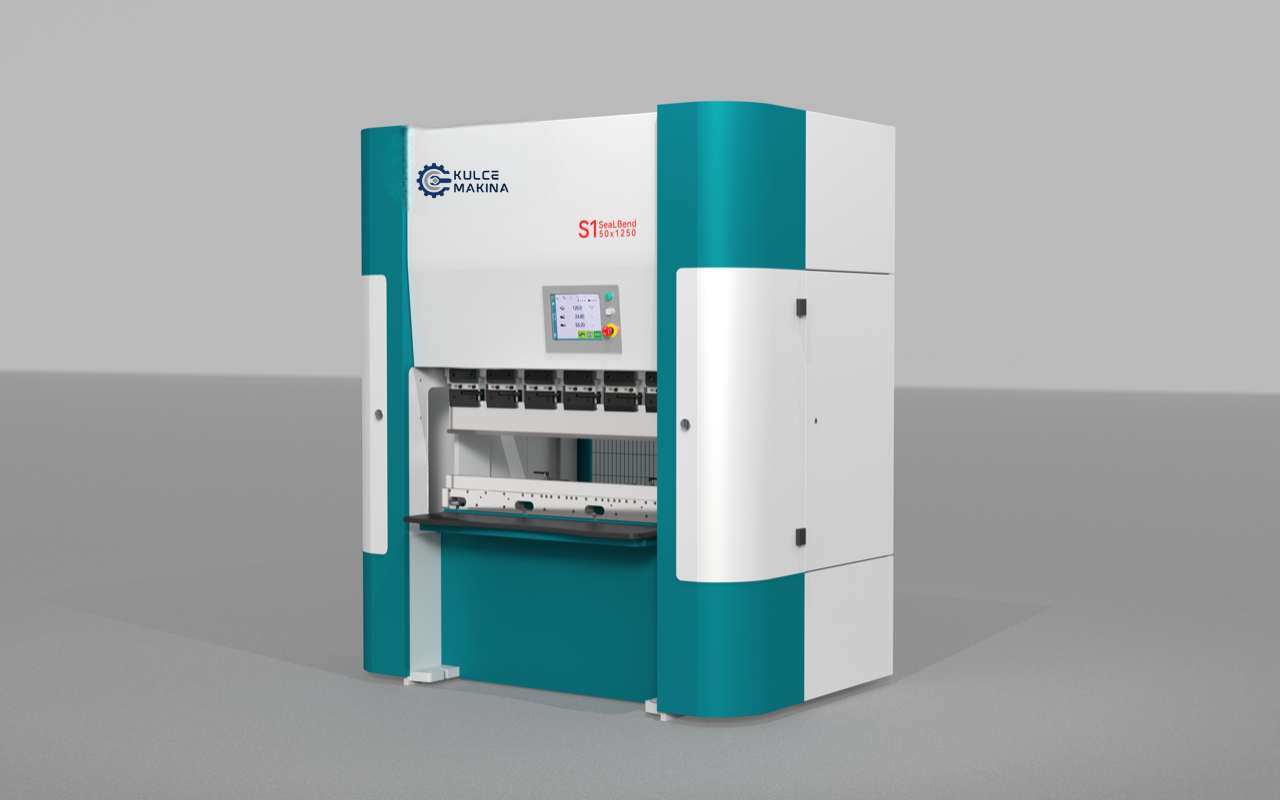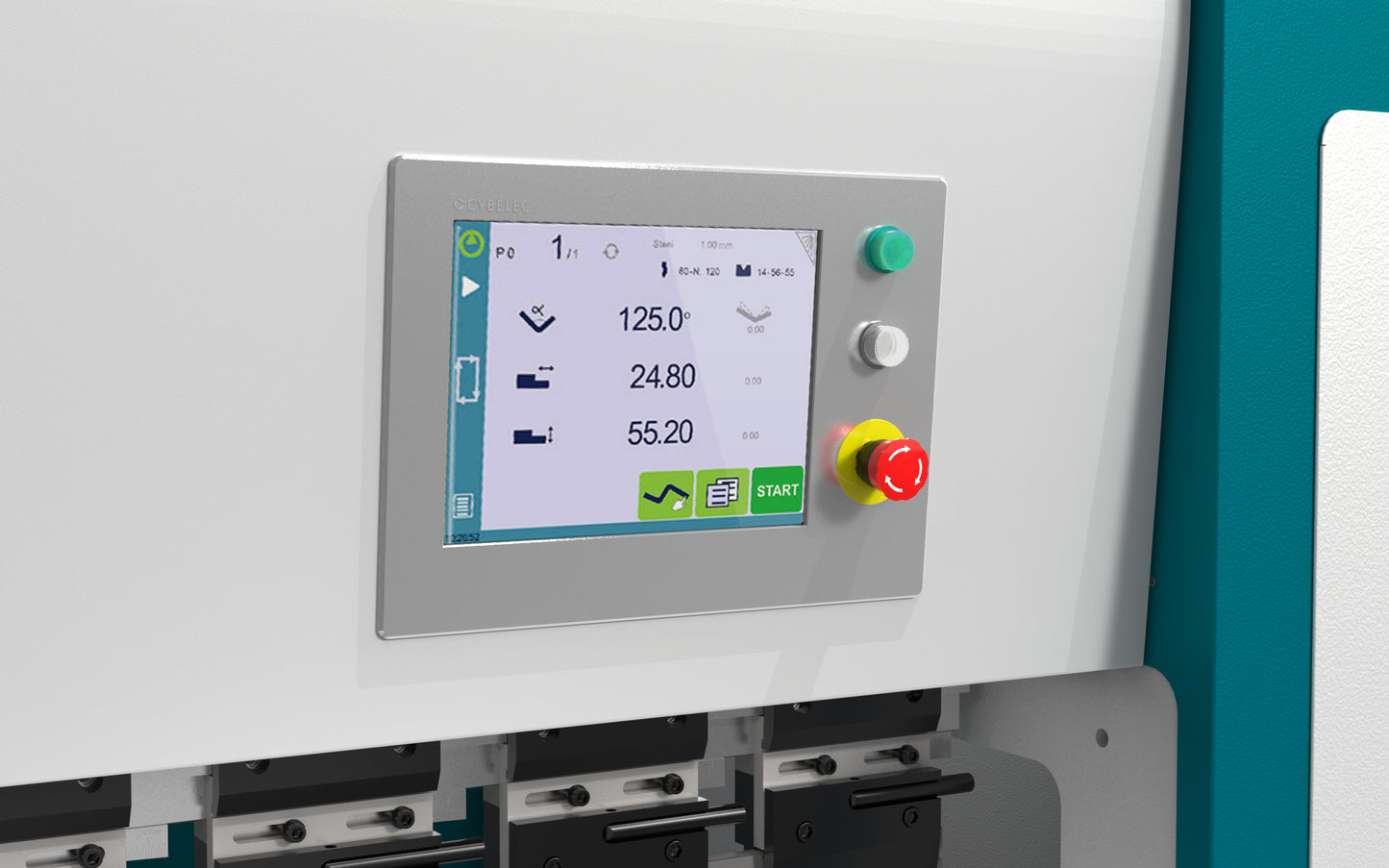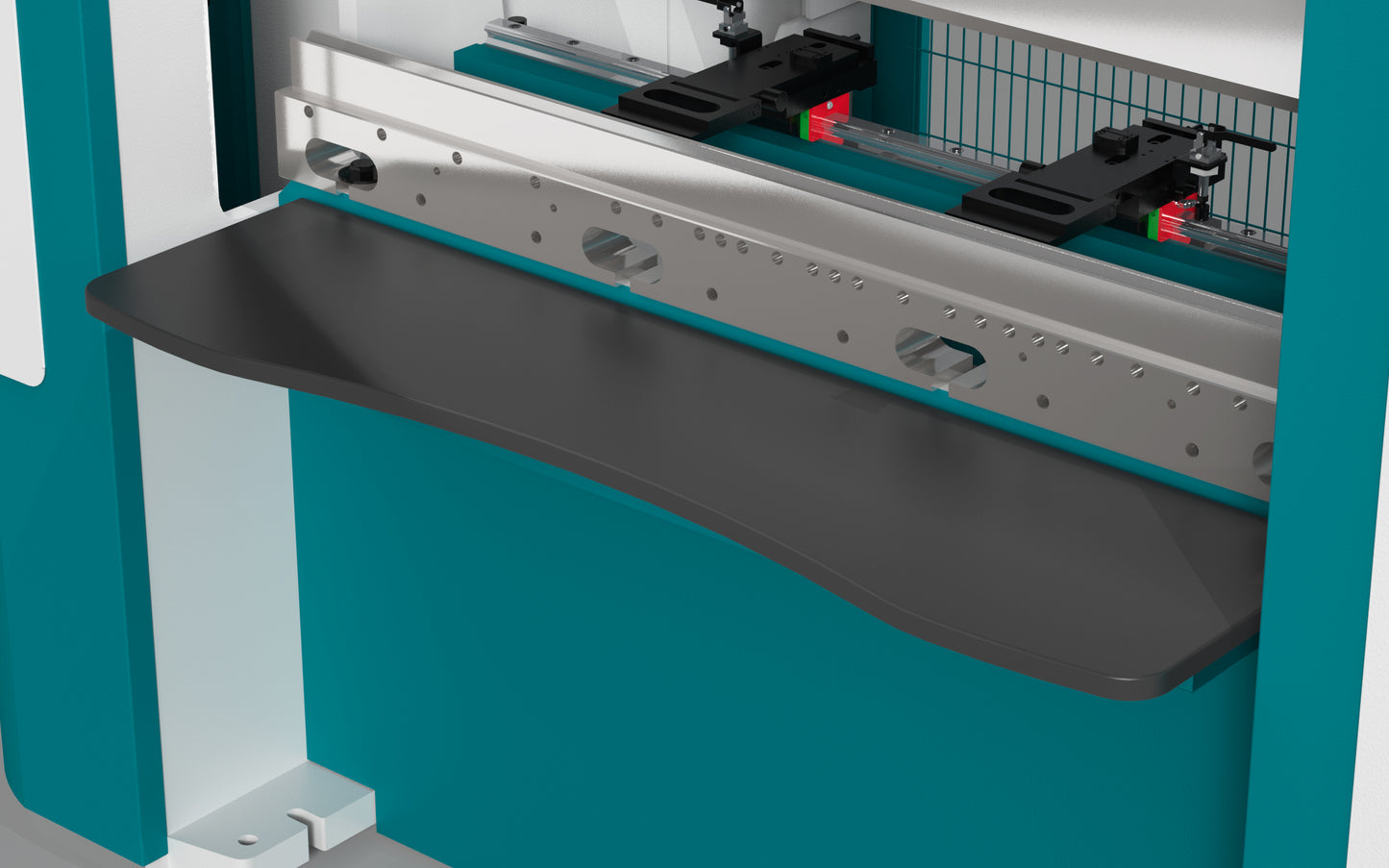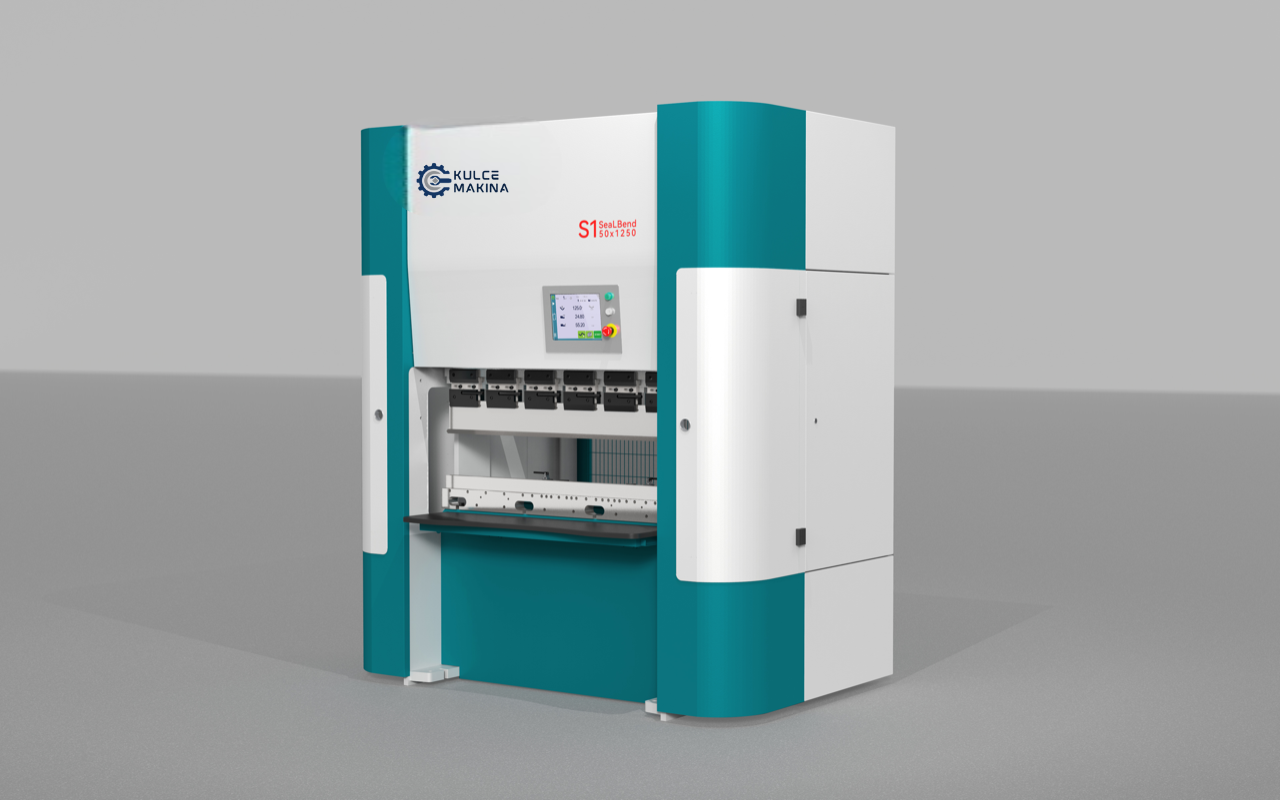Collection: Punching Machinery
Punching machinery refers to machines used in manufacturing processes to create holes, cutouts, or shapes in materials, typically metal sheets, using a punch and die. These machines apply high pressure to force a punch through the material to create precise holes or patterns. Punching is a common process in industries such as metalworking, automotive, and electronics. Here's a more detailed explanation of punching machinery:
1. Types of Punching Machines:
- Mechanical Punching Machines: These machines use a flywheel to store energy and then transfer it to the punch tool. The punch is driven through the material, cutting a hole or shape. Mechanical punches are generally fast and are ideal for high-volume production.
- Hydraulic Punching Machines: These use hydraulic systems to provide the force needed to drive the punch. Hydraulic punches can exert more force and are suitable for thicker materials. They also provide smoother, more consistent pressure, which is beneficial for precision work.
- CNC Punching Machines (Computer Numerical Control): These are advanced, computer-controlled punching machines that allow for automated, highly accurate punching. CNC punching machines can produce complex shapes, patterns, and holes with minimal manual intervention, making them ideal for precise and varied production runs.
In summary, punching machinery is a vital tool in sheet metal fabrication and other industries that require high-speed, high-precision hole-making and cutting. The choice of punching machine (mechanical, hydraulic, or CNC) depends on factors such as material type, thickness, and the complexity of the parts being produced.
Kulce Makina
S1 Serial CNC Electro-hydraulic Press Brake
Share
Ask The Product
View full details